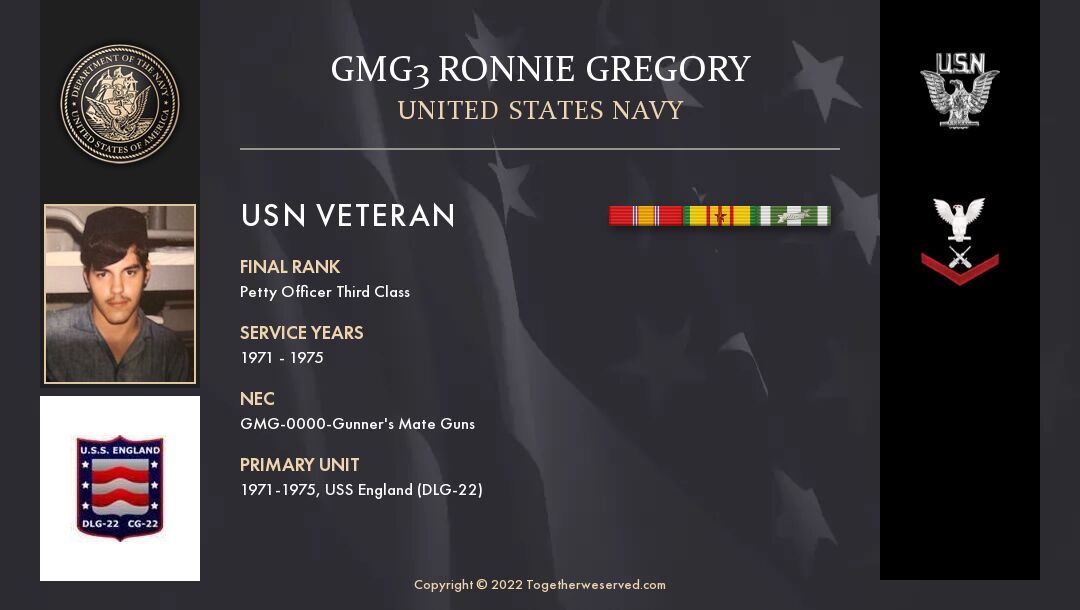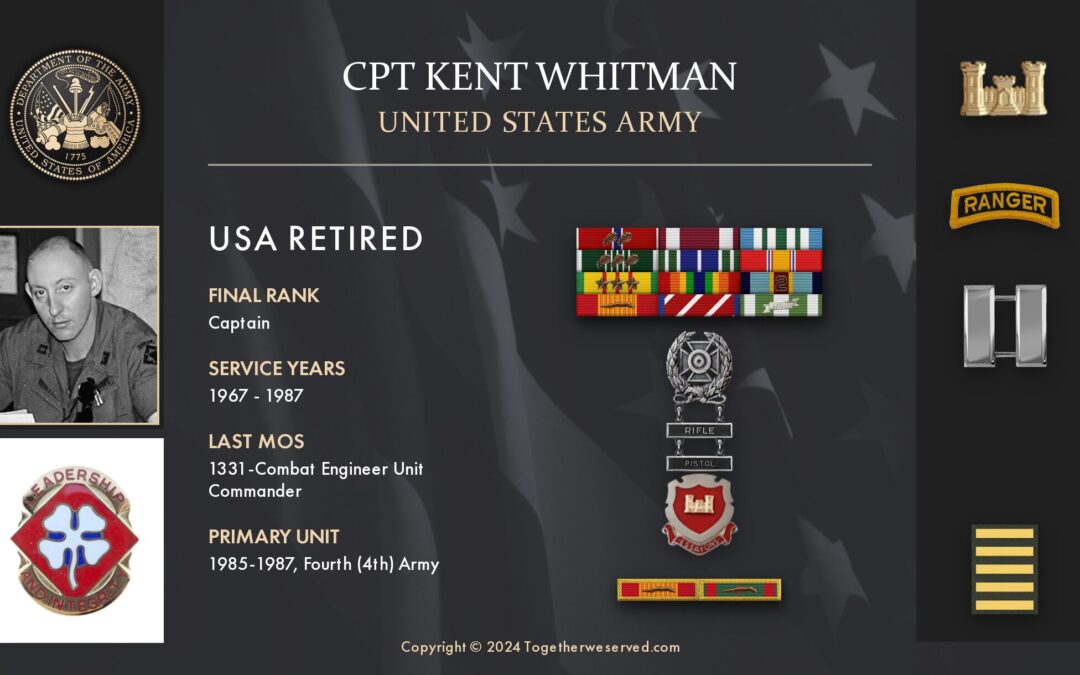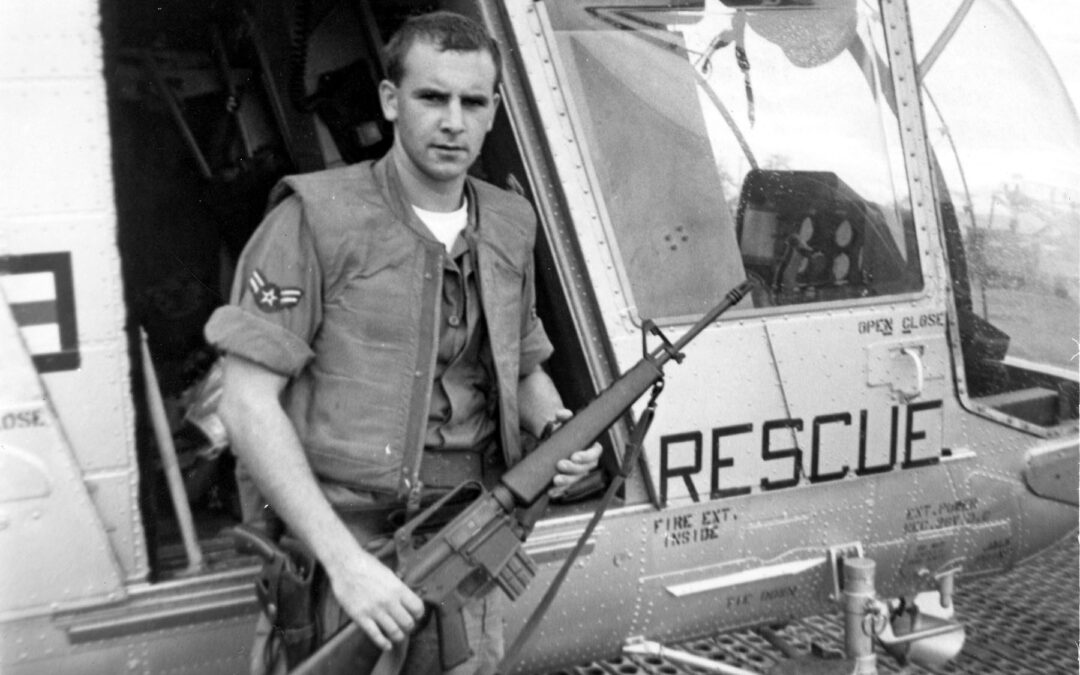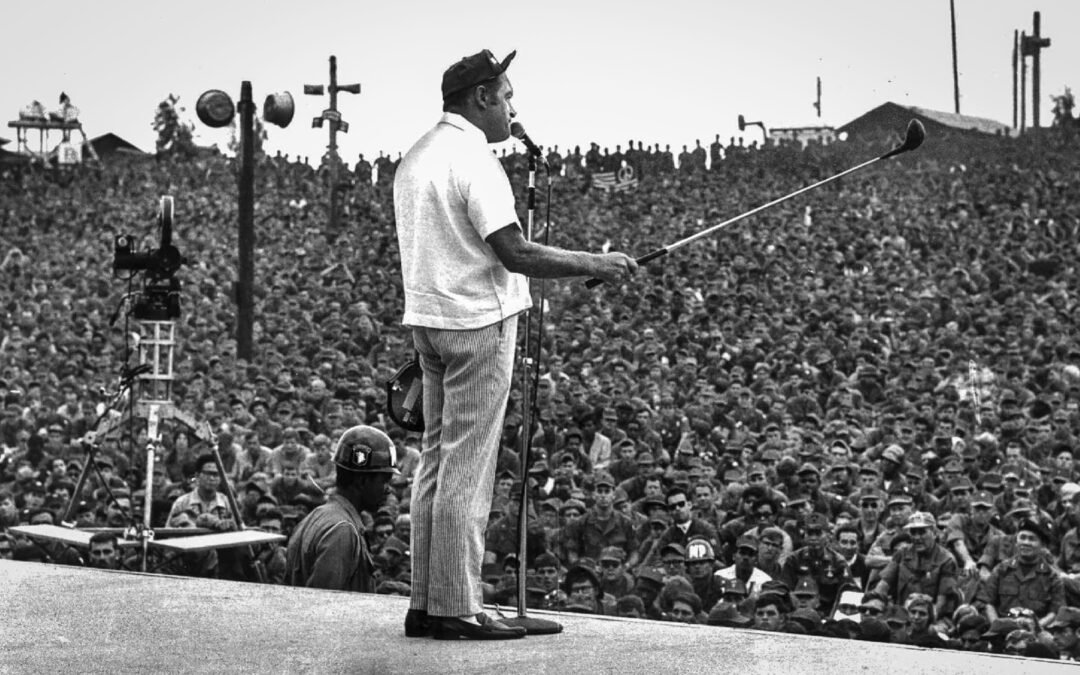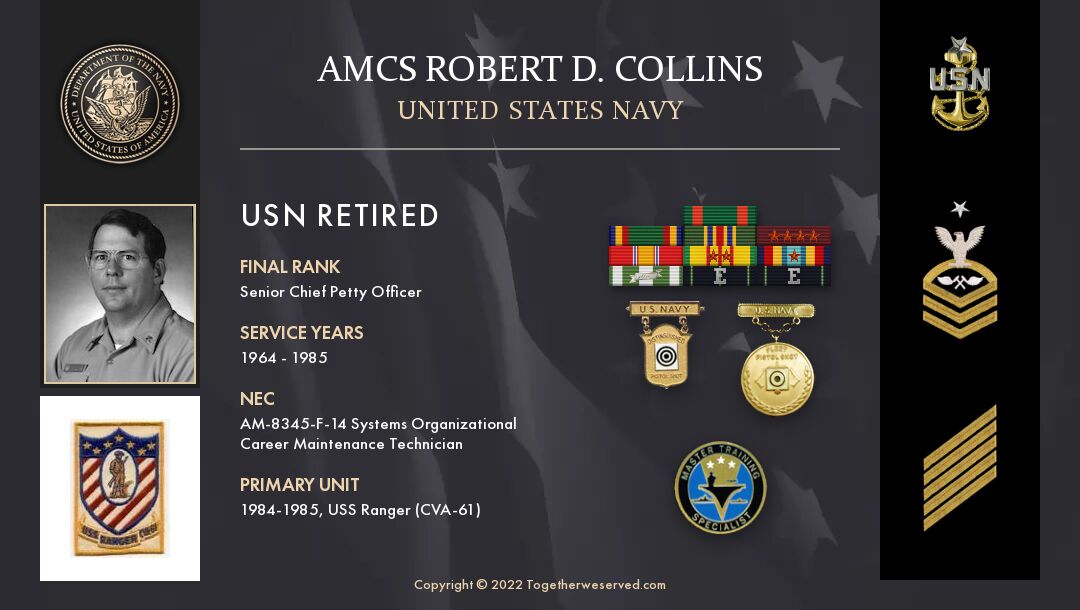In reality, my first choice of military service was the Army. This was back in ’64. Then, as fate or providence would have it, an Air Force recruiter came to my high school (in the Bronx, NY); from that point on, I began planning my entry when graduation came in ’65.


